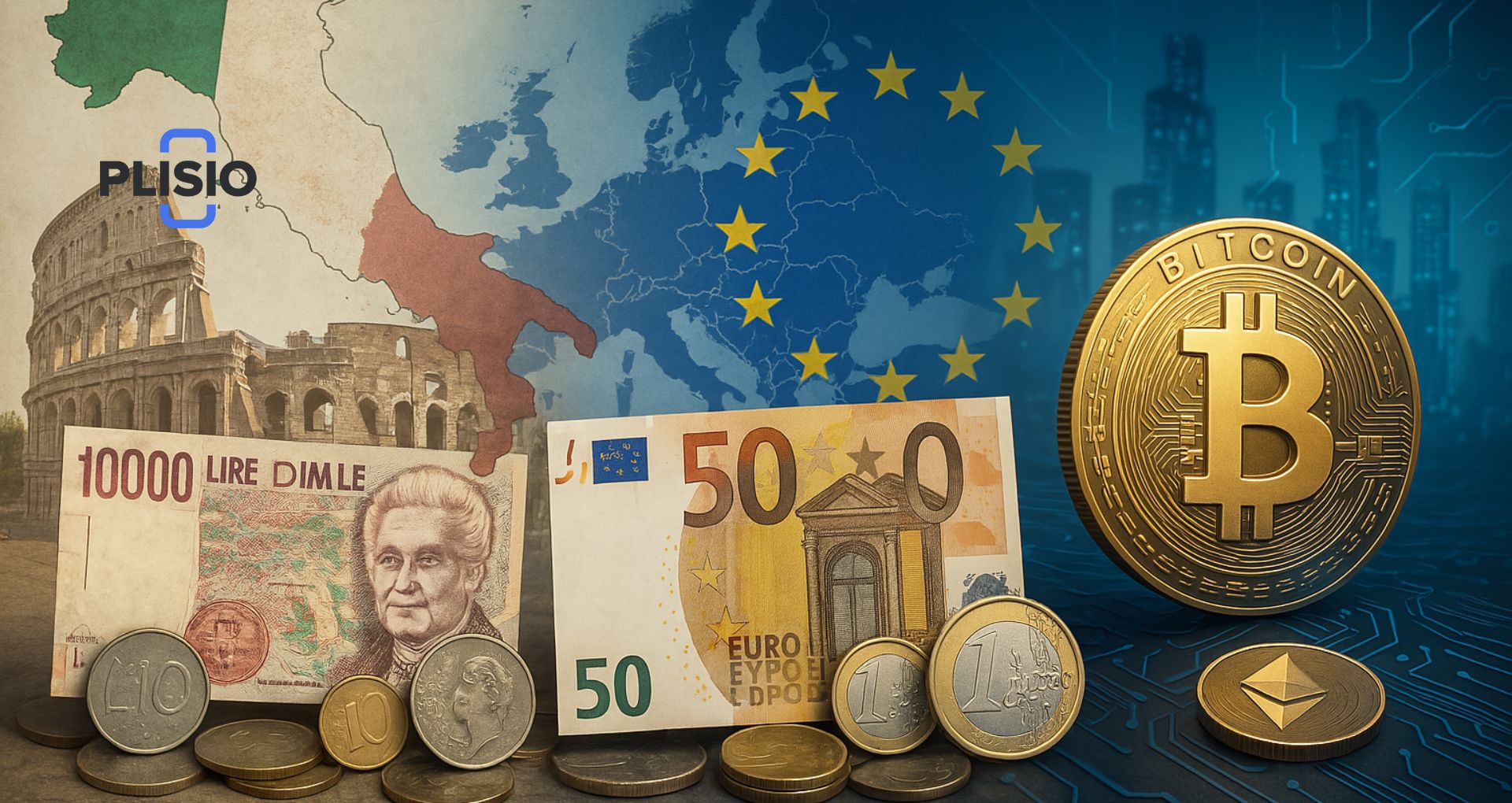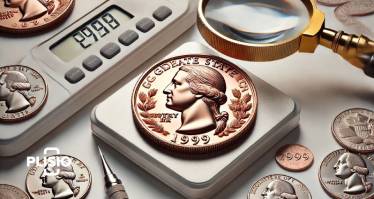Italy Currency Guide

Whether you're traveling to Italy for the first time or revisiting this beloved destination, understanding the local currency is key to a hassle-free experience. This guide provides practical insights and essential information about using the Euro effectively during your stay in Italy.
What Currency is Used in Italy?
Italy's official currency is the Euro (EUR), which replaced the Italian Lira in 2002. The Euro is used across the Eurozone, which includes 19 of the 27 European Union member countries.
Euro Denominations in Italy
Italian euro banknotes are available in €5, €10, €20, €50, €100, €200, and €500 denominations. Euro coins in Italy are issued as 1, 2, 5, 10, 20, and 50 cents, along with €1 and €2.
Brief History of Italian Currency
Italy’s currency history begins in ancient times, starting with bronze coins introduced by the Etruscans around the 6th century BC. The Romans later introduced the silver denarius, widely used throughout the empire. After the fall of the Roman Empire, the Byzantine solidus became popular in Europe.
During the medieval period, Italy's independent city-states minted their own coins. The Florentine florin became particularly influential, serving as a standard currency for trade in medieval Europe.
History of the Italian Lira
The Italian Lira was Italy’s official currency from 1861 until it was replaced by the Euro in 2002. The Lira was initially introduced during the Napoleonic era in 1807 and became official following Italy's unification in 1861. Over the years, the Lira experienced substantial inflation, especially during wartime periods. Italy transitioned to the Euro at a fixed exchange rate of €1 = 1,936.27 Lira.
Euro Coins Explained
Euro coins, introduced in 1999, feature a common European side and unique national designs. Italy, alongside other Eurozone members and microstates like Vatican City, produces distinct coin designs. These coins include enhanced security features and tactile markings to assist visually impaired users.
Features of Euro Banknotes
Euro banknotes were first introduced in 1999, showcasing European architectural designs. The second series, the Europa series (2013), featured improved security features and included Cyrillic script. A third series with new designs is expected in 2024. Security features such as watermarks, holograms, and color-changing inks help prevent counterfeiting.
Inflation and Purchasing Power in Italy
Between 1960 and 2022, Italy’s annual inflation averaged approximately 5.8%, impacting the Euro’s buying power. Inflation decreased significantly by late 2023, reflecting broader European economic stabilization policies.
Paying in Italy: Cash or Card?
In recent years, an increasing number of businesses and establishments in Italy have begun accepting cryptocurrency payments. Major cities like Milan, Rome, and Florence have numerous cafes, hotels, and shops where Bitcoin and other cryptocurrencies are welcomed, reflecting a broader European trend towards digital currency adoption.
While credit and debit cards are commonly accepted in major cities, smaller businesses in Italy often prefer cash. It is advisable for travelers to carry euros, particularly when visiting rural areas. ATMs are widespread and make accessing euros easy.
Using USD in Italy: Is It Accepted?
Although some tourist-centric locations might accept U.S. dollars, using euros is highly recommended due to better exchange rates.
Best Ways to Exchange Currency in Italy
Using ATMs is typically the most convenient and economical way to obtain euros. Banks offer competitive exchange rates but may charge additional fees. Currency exchange kiosks in airports or tourist spots generally provide unfavorable rates.
Exchanging Euros Back to Your Currency
You can exchange euros back into your home currency at banks or reputable exchange offices. It's best to confirm requirements beforehand, as some institutions might require a banking relationship.
Essential Currency Exchange Tips
- Regularly check current exchange rates online.
- Avoid exchanging currency at airports due to high fees.
- Inform your bank about your travel to prevent card issues.
Euro vs. USD: What Should You Use?
Always opt for euros in Italy to minimize exchange fees and unfavorable conversion rates associated with using U.S. dollars.
Managing Your Expenses in Italy
Living costs vary widely across Italy. Major cities like Rome and Milan are more expensive, while smaller towns offer cost-effective alternatives. Save money by shopping at local markets and preparing meals at home.
Staying Safe with Currency in Italy
Protect yourself from currency scams by:
- Using trustworthy exchange services.
- Confirming current rates before exchanging money.
- Using secure, well-lit ATMs.
- Carefully checking your change.
- Monitoring your credit and debit card transactions.
Convenient Payment Options in Italy
Credit, debit, and prepaid travel cards are broadly accepted throughout Italy, offering security and favorable exchange rates.
Tipping in Italy: What's Expected?
Tipping isn't mandatory but appreciated. Small tips or rounding up bills for good service is common. Carry small denominations for convenience.
Cost of Living in Italy
Overall, Italy can be less expensive than the United States, although costs vary regionally. Northern Italy generally has higher living costs compared to the southern regions. Proper planning and budgeting can help you effectively manage your expenses.
Follow this complete currency guide to ensure a smooth financial experience during your stay in Italy.



